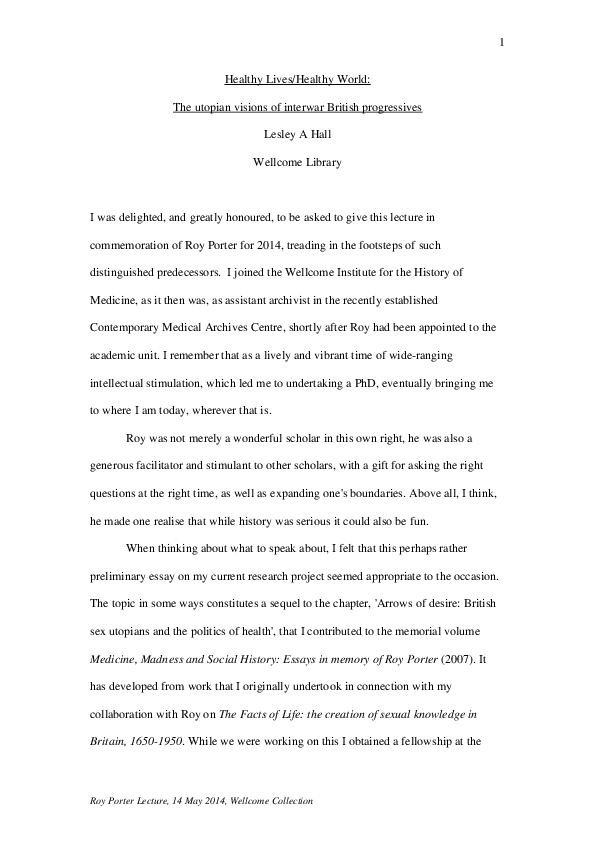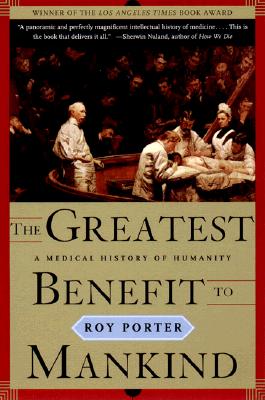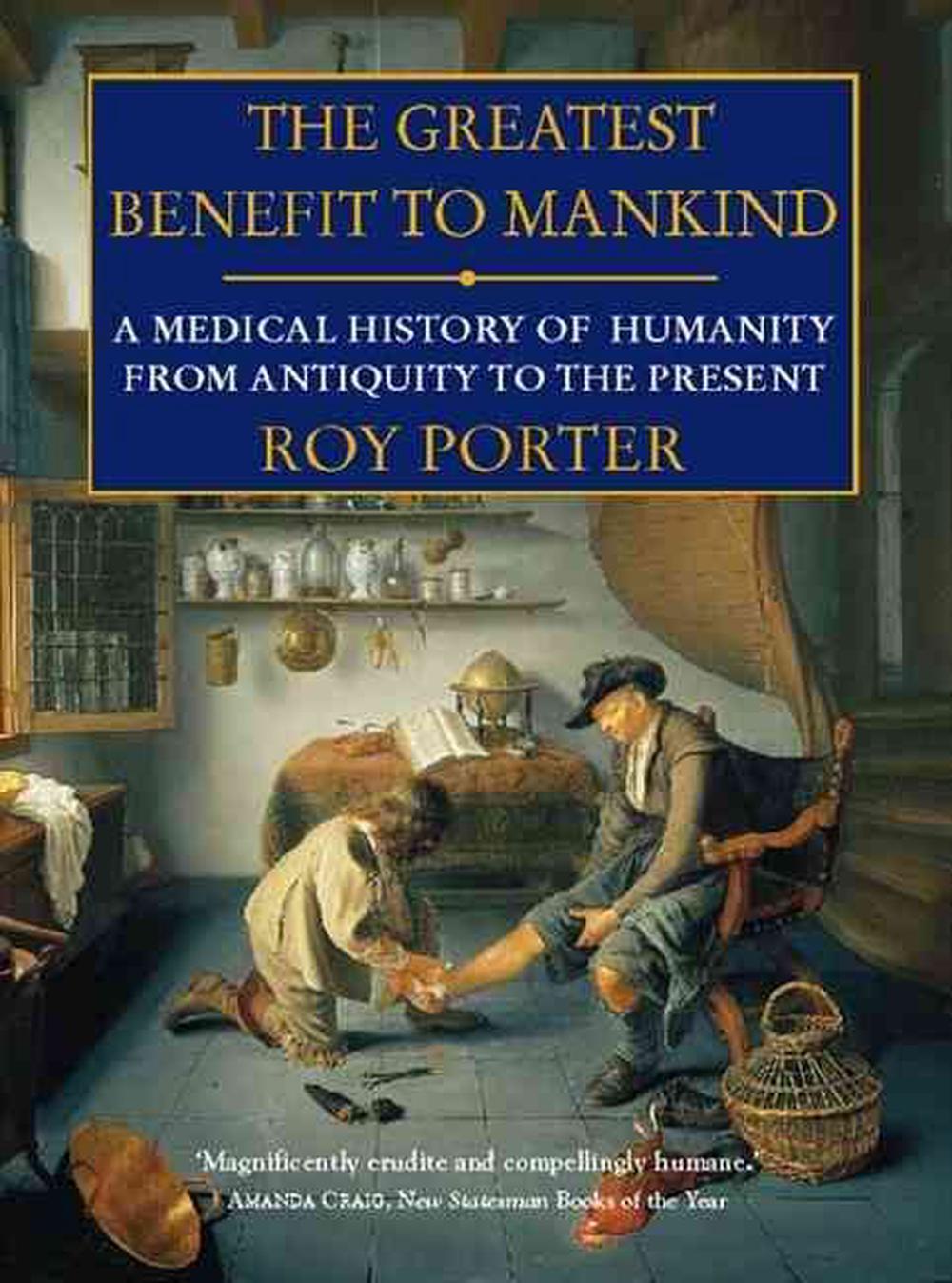
Neurologists and their “official memory” became negotiated, and even imagined constructs.


This avoidance of a direct effort to define the content of neurology – or at least to confront their differences – exercised a peculiar influence on the specialty. The localism and heterogeneity of the science and medicine of the nervous system was in fact so pronounced that neurologists – especially when they worked as “global citizens” – were forced to focus upon their superficial commonalities rather than examine local distinctions. Relying chiefly upon documents located in Anglo-American archives, its argument follows a narrative from money to memory, and posits that this global community of neurologists formed not out of a shared science and medicine of the nervous system, but out of shared dispositions in tastes, values, and culture.

Along the way the book offers up a treasure trove of historical surprises: how the ancient Egyptians treated incipient baldness with a mixture of hippopotamus, lion, crocodile, goose, snake, and ibex fat how a mystery epidemic devastated ancient Athens and brought an end to the domination of that great city: how lemons did as much as Nelson to defeat Napoleon: how yellow fever, carried by African mosquitoes to the Americas, led the French to fail utterly in their attempts to recover Haiti after the slave revolt of 1790: and how the explorers of the South Seas brought both syphilis to Tahiti and tuberculosis and measles to the Maoris.This article explores the formation of a global community of neurologists between 19. He charts the remarkable rise of modern medical science - the emergence of specialties such as anatomy, physiology, neurology, and bacteriology - as well as the accompanying development of wider medical practice at the bedside, in the hospital, and in the ambitious public health systems of the twentieth century. Summary: "Roy Porter explores medicine's evolution against the backdrop of the wider religious, scientific, philosophical, and political beliefs of the culture in which it develops, and he shows how our need to understand where diseases come from and what we can do to control them has - perhaps above all elseinspired developments in medicine through the ages.


 0 kommentar(er)
0 kommentar(er)
